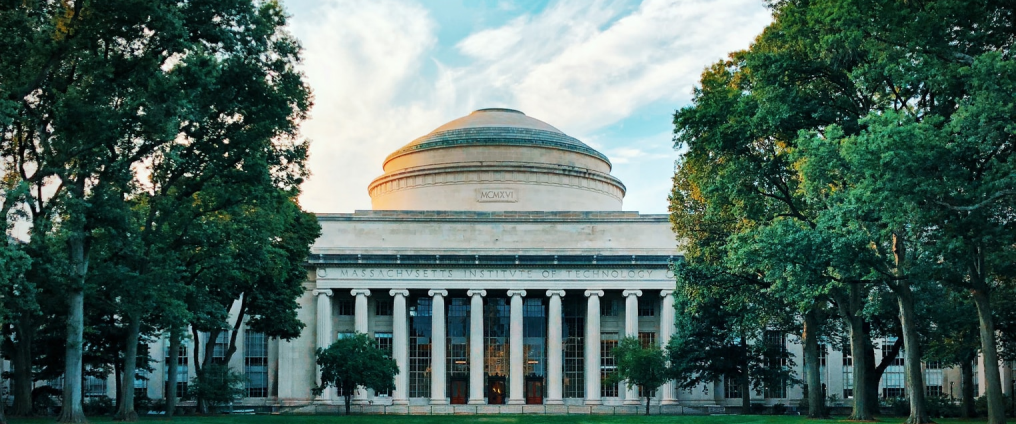If US higher education expenditure was a country, it would be the 21st largest economy in the world. There is no doubt that higher education plays a vital role in the global transition to a circular economy. From teaching and learning, through research and into student action, across the globe there is growing momentum from the sector to move into the circular economy space.
But, it isn’t only in the classroom or laboratory where real change is possible - how higher education institutions choose to use their immense purchasing power can have significant effects on making campus activities and supply chains more circular. More circular procurement decisions can significantly help to shift the economy and support universities in their net zero carbon ambitions.
The challenge
MIT is a 168 acre, urban, university campus with almost 170 buildings. Only 40-50% of MIT’s material waste currently leaves campus in a form that is clean enough for reprocessing. This results in almost 60% of waste going to landfill or being incinerated, contributing to a number of downstream, negative environmental and social impacts.
The MIT Office of Sustainability (MITOS) is committed to designing out waste and finding ways to reduce waste and feed the circular economycircular economyA systems solution framework that tackles global challenges like climate change, biodiversity loss, waste, and pollution. It is based on three principles, driven by design: eliminate waste and pollution, circulate products and materials (at their highest value), and regenerate nature.. “By utilising the campus as a testbed and incubator, we aim to transform MIT into a powerful model that generates new and proven ways of responding to the challenges of our changing planet” MITOS website
The solution
By utilising MIT research capacity as well as taking a multidisciplinary approach, a suite of solutions was identified. This revealed the need for a campus waste hauling partner that shared the campus commitment to design out waste and grow a data-driven platform of strategies. In 2019, the Department of Facilities and MITOS teamed together to develop a Request For Proposal (RFP) for Waste Management Services, and took a fundamentally different approach to redesigning their waste contract. Doing upfront research and collaboration work helped to create a shared understanding and vision which made developing the appropriate RFP easy. Focusing on the data required to drive upstream decision-making was key to unlocking a new relationship with a waste hauler.
As Brian Goldberg at MIT says “In waste, often the data is collected by haulers as a means of billing the higher education institution. So, it’s data that is really just serving as a billing technique. Part of our partnership is developing a data collection framework that involves some technology and data that is useful for our purposes and not just for guiding the waste haulers operations. So by embedding data and tech as a core piece of our new waste hauling partnership we are ensuring we can try and test the collection framework to give us the data to drive decision-making down to building scale”.
What makes it circular
MIT has developed a range of solutions all contributing to changing the waste system on campus. By partnering with a data-driven waste hauling company, they are able to use the data to help make upstream decisions that help design out waste, keep products and materials in use, and regenerate natural systems.
What are the benefits
By having access to the right data and partnering with a waste contractor in a new way, MIT is able to make upstream decisions to:
reduce contamination in waste streams
divert materials from landfill or incineration
regenerate soil health
influence consumer and behaviour change
Circular economy and procurement
In this 8 minute video, Brian Goldberg, Assistant Director, MIT Office of Sustainability describes the approach MIT took as well as the solutions identified to ensure MIT’s new waste contract supports a circular economy on campus.
Find out more about the Ellen MacArthur Foundation’s circular economy procurement framework.
Download
Designing out waste and driving a circular economy on a university campus: a complex, multi solution approach is available in: English


